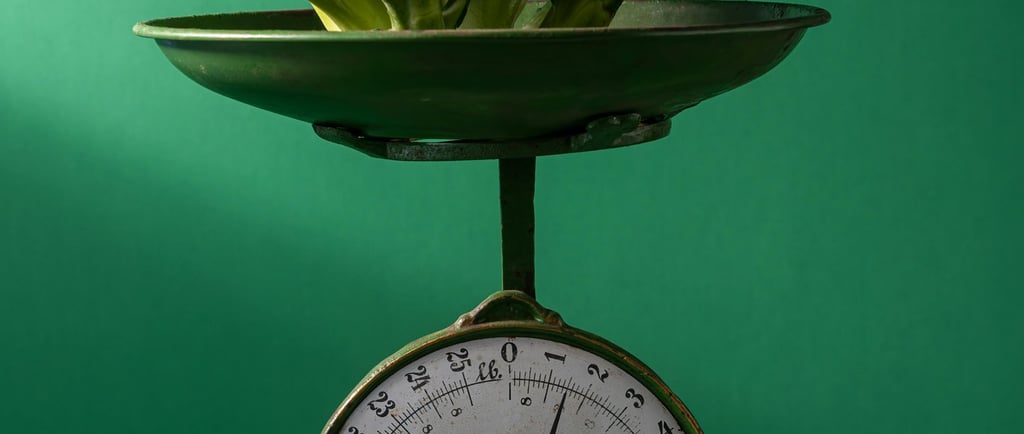How to Calibrate a Mechanical Scale — Do’s and Don’ts
Want accurate weights every time? Here’s a step-by-step guide to calibrating your mechanical scale — plus the common mistakes to avoid.
7/25/20251 min read


🎯 Introduction
Unlike digital scales, mechanical weighing machines rely on a physical balance of forces. That’s why regular calibration is essential — especially if you use your scale for commercial trade in Gujarat.
Improper calibration can:
Create weight errors
Lead to customer disputes
Invite fines from Legal Metrology officers
Here’s how to get it right.
✅ Do’s of Mechanical Scale Calibration
🔹 1. Use Certified Weights
Always calibrate using standardized iron or brass weights (BIS-marked).
We offer complete weight sets for 1g to 50kg.
🔹 2. Check Zero Point First
Before placing anything on the scale, the pointer or beam should rest exactly at zero.
If not, adjust the zero knob or screws.
🔹 3. Use a Level Surface
Place the machine on a flat, stable surface to prevent tilting or biased weight.
🔹 4. Test in Increments
Start with a 1kg weight → then 2kg → 5kg → and so on.
The pointer or beam must balance accurately with every load.
🔹 5. Re-verify After Moving the Scale
If the scale is shifted to a new place, recalibrate again.
❌ Don’ts of Calibration
Don’t use random objects for testing
Don’t place weights unevenly or too fast
Don’t skip re-verification if weights seem “close enough”
Don’t forget annual legal stamping
🔧 Need Help?
Our team offers:
On-site calibration services in Ahmedabad, Rajkot, Bharuch
Calibration weights for sale
Legal metrology documentation and stamping
AMC options for kirana and mandi users
